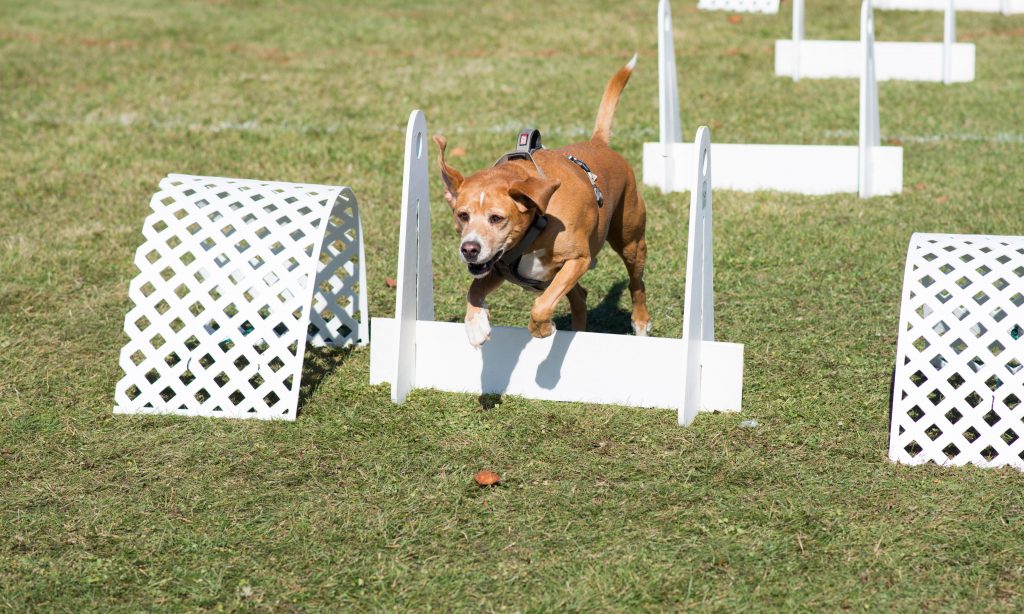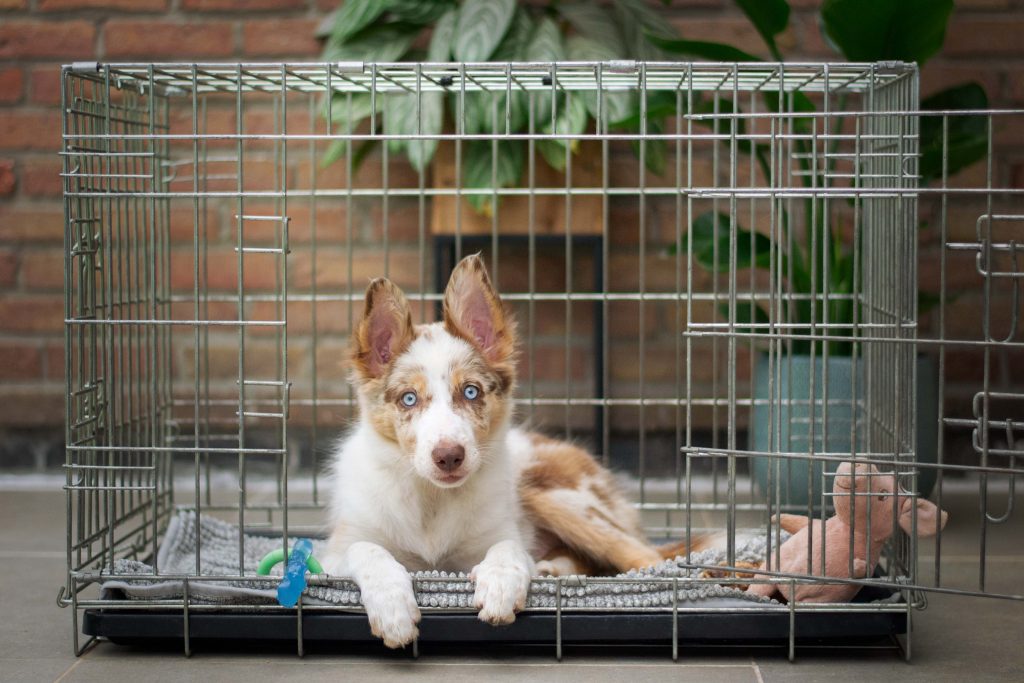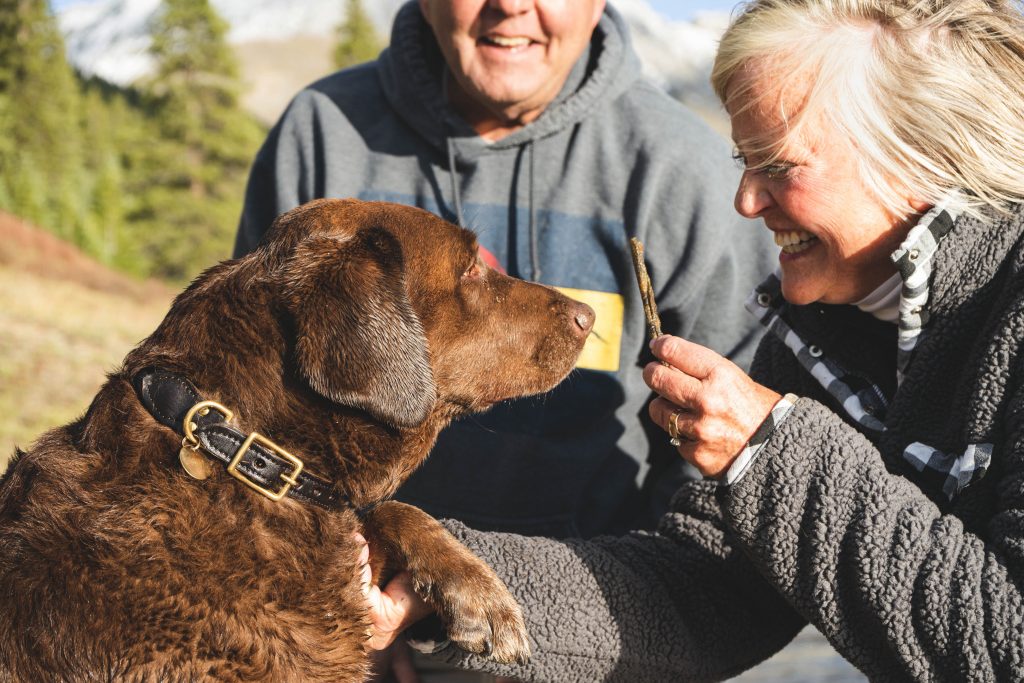Training a dog for the competition can provide a number of benefits for both the dog and its owner, including physical and mental exercise, increased bond and communication, and the opportunity to socialize with other dogs and people. The blog post may cover topics such as the different types of competition available, the benefits of training for competition, and tips for getting started with competition training.
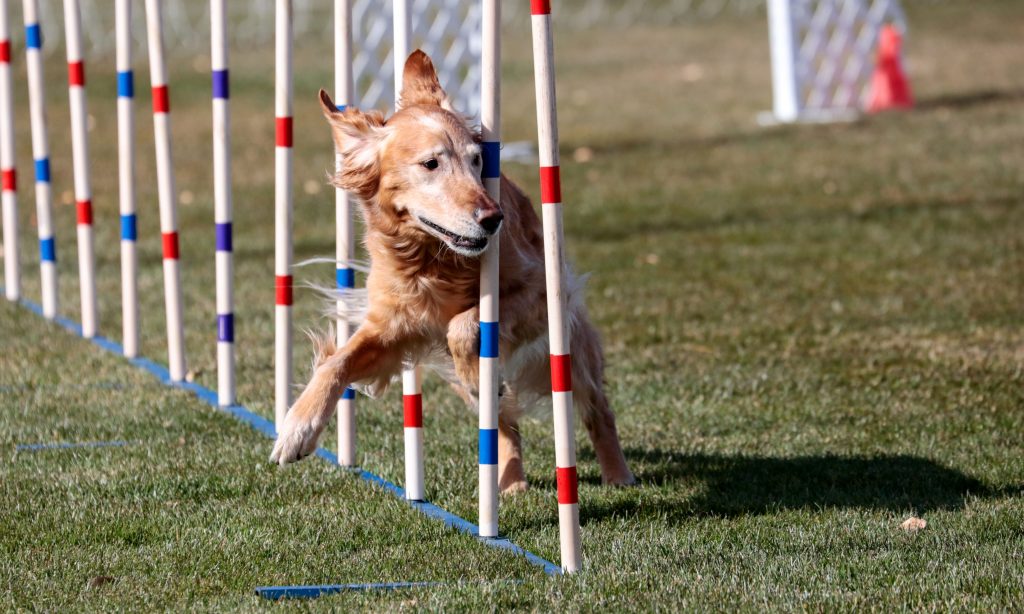
Training a dog for competition, such as obedience trials, agility trials, and other dog sports, can provide a number of benefits for both the dog and its owner. From physical and mental exercise to increased bonds and communication, competition training can be an enriching and rewarding experience for both you and your dog. In this blog post, we’ll explore the different types of competition available, the benefits of training for competition, and tips for getting started.
Types of competition
There are many different types of competition available for dogs, including obedience trials, agility trials, flyball, rally obedience, and many others. Each type of competition has its own specific rules and requirements and may be suited to different types of dogs and owners. For example, obedience trials test a dog’s ability to perform specific commands and behaviors, while agility trials involve navigating an obstacle course. Flyball is a fast-paced relay race that involves jumping over hurdles and retrieving a ball. Rally obedience is a newer form of obedience competition that involves performing a set of predetermined exercises in a course.
Benefits of competition training
Training a dog for competition can provide a number of benefits for both the dog and its owner. Some of the benefits of competition training include:
- Physical and mental exercise: Competition training requires both physical and mental exercise, which can help to keep your dog fit and healthy. Training for the competition can also help to stimulate your dog’s mind.
- Increased bond and communication: Competition training can help to strengthen the bond between you and your dog, as you work together to learn and practice new skills. Training for the competition can also improve communication between you and your dog, as you learn to understand and interpret each other’s cues and signals.
- Opportunity to socialize: Competition training can provide an opportunity for your dog to socialize with other dogs and people, which can be especially beneficial for dogs who may not get much socialization in their everyday lives.
- Fun and rewarding: Training for the competition can be a fun and rewarding experience for both you and your dog. It can provide a sense of accomplishment and pride as you and your dog learn new skills and progress in your training.
Tips for getting started
If you’re interested in training your dog for competition, here are some tips to get you started:
- Choose a type of competition that suits your dog’s abilities and interests: Not all dogs are suited to every type of competition, so it’s important to choose a type of competition that matches your dog’s abilities and interests. Consider your dog’s breed, size, age, and physical and mental abilities when selecting a type of competition.
- Find a qualified trainer: Working with a qualified trainer can help to ensure that you and your dog are properly prepared for competition. Look for trainers who are experienced and reputable, and who use positive reinforcement and science-based training methods.
- Set realistic goals: Training for the competition can take time and effort, so it’s important to set realistic goals for yourself and your dog. Start with small goals and gradually build up as you and your dog progress in your training.
- Have fun: Above all, remember to have fun and enjoy the journey with your dog. Training for the competition can be a rewarding and enriching experience, and it’s important to take the time to appreciate the progress you and your dog are making.
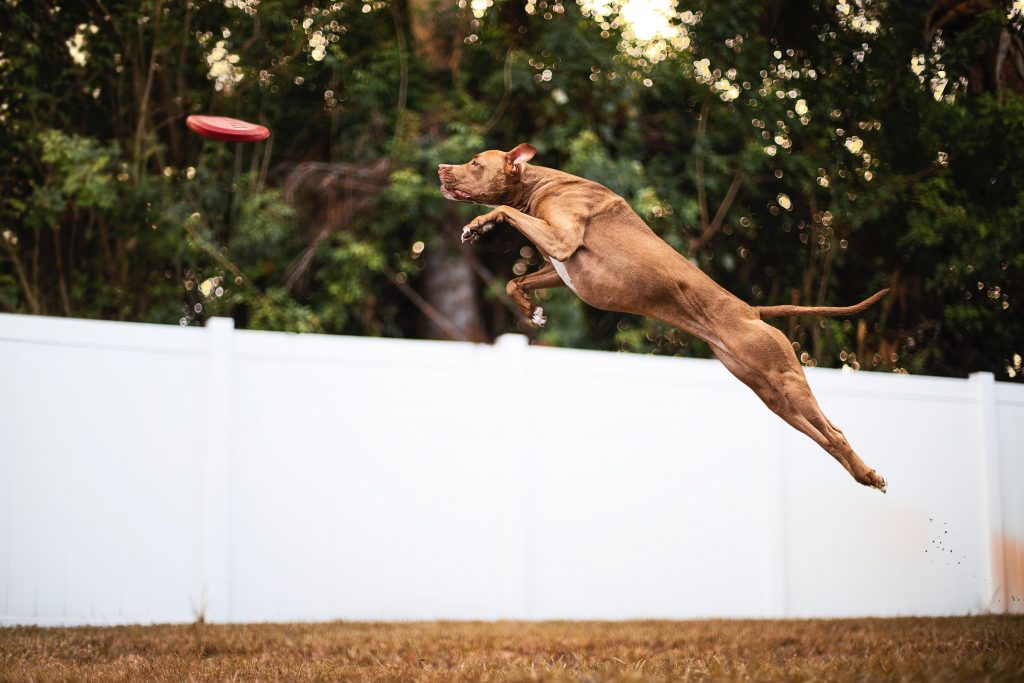
Conclusion:
Training a dog for a competition can provide a number of benefits for both the dog and their owner, including physical and mental exercise, increased bond and communication, and the opportunity to socialize with other dogs and people. If you’re interested in training your dog for competition, consider the different types of competition available, the benefits of training for competition, and the tips for getting started. With the right approach, competition training can be a fun and rewarding experience for both you and your dog. Just remember to choose a type of competition that suits your dog’s abilities and interests, work with a qualified trainer, set realistic goals, and have fun along the way. With dedication and effort, you and your dog can make great progress in your competition training journey.

Frequently Asked Questions
What is dog competition?
Dog competition refers to various types of events in which dogs compete against each other in various activities, such as obedience trials, agility trials, flyball, and other dog sports. These events are often organized by specific clubs or organizations and may have specific rules and requirements for participation.
What are the benefits of training a dog for competition?
Training a dog for the competition can provide a number of benefits for both the dog and its owner, including physical and mental exercise, increased bond and communication, and the opportunity to socialize with other dogs and people. Competition training can also be a fun and rewarding experience for both you and your dog, providing a sense of accomplishment and pride as you progress in your training.
How do I know if my dog is a good candidate for competition training?
Not all dogs are suited to every type of competition, so it’s important to choose a type of competition that matches your dog’s abilities and interests. Consider your dog’s breed, size, age, and physical and mental abilities when selecting a type of competition. It’s also important to keep in mind that competition training requires time, effort, and dedication, so it’s important to be realistic about your goals and your ability to commit to regular training sessions.
How do I get started with competition training?
To get started with competition training, first, choose a type of competition that suits your dog’s abilities and interests. Then, consider working with a qualified trainer who is experienced and reputable, and who uses positive reinforcement and science-based training methods. Set realistic goals for yourself and your dog, and be prepared to commit to regular training sessions. Remember to have fun and enjoy the journey with your dog.
Are there any risks associated with competition training?
While competition training can provide many benefits, there are also some risks to consider. For example, competition training can be physically demanding for both you and your dog and may result in minor injuries or strains. It’s important to listen to your dog’s body and take breaks when needed. In addition, it’s important to ensure that you are using positive reinforcement techniques and not pushing your dog beyond its limits. Finally, it’s important to research the specific rules and requirements for the type of competition you are interested in, and to follow those rules and guidelines to ensure the safety of you and your dog.

